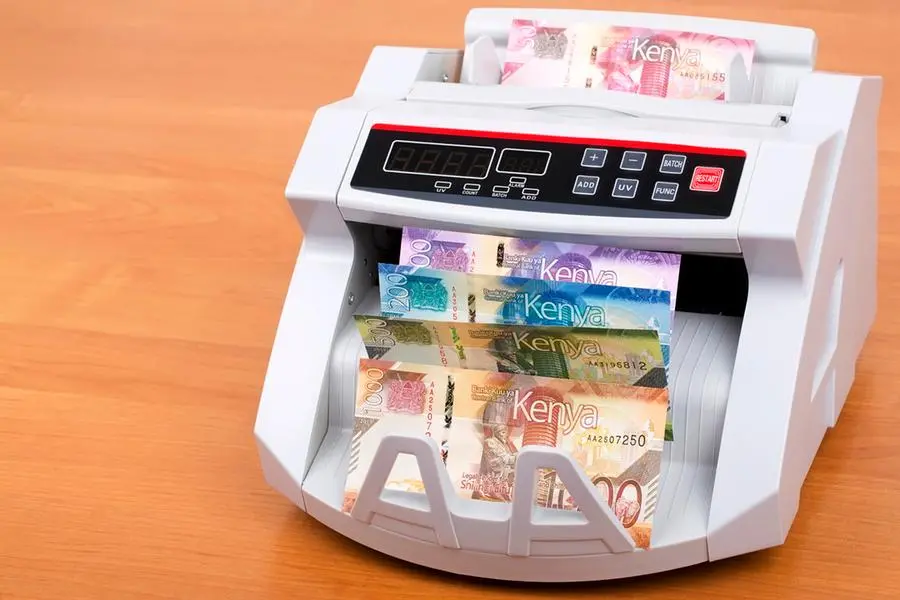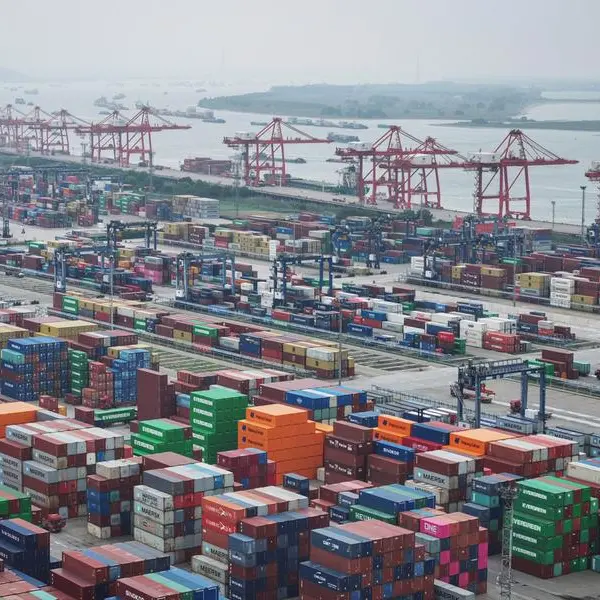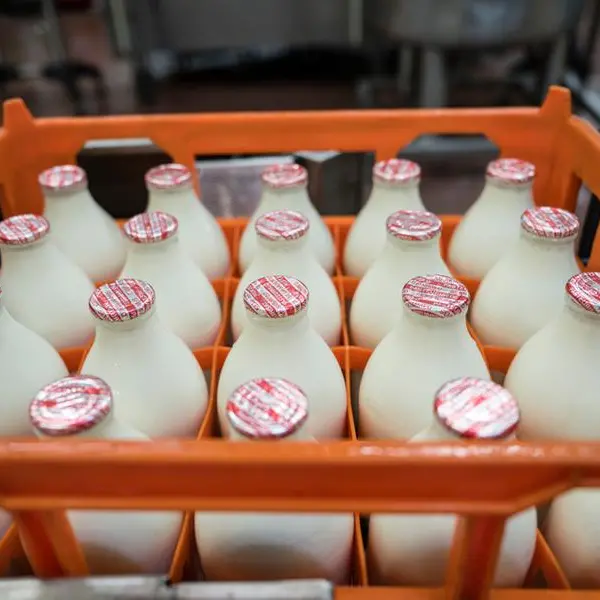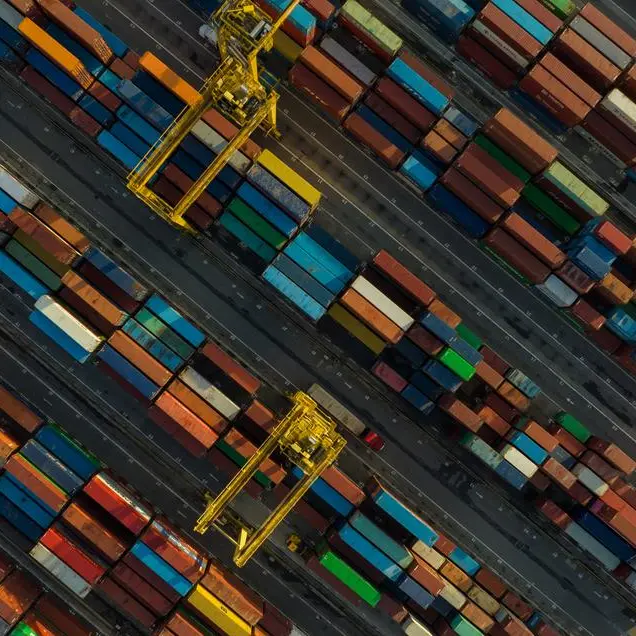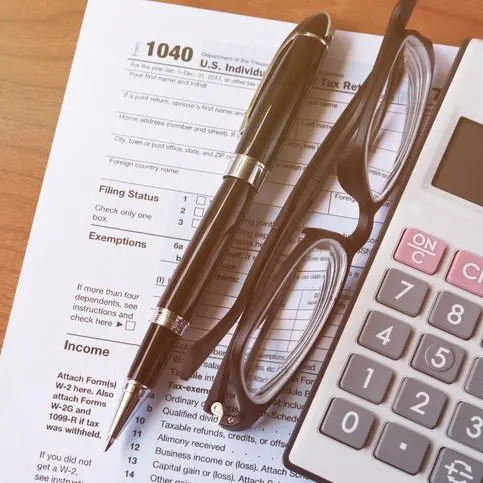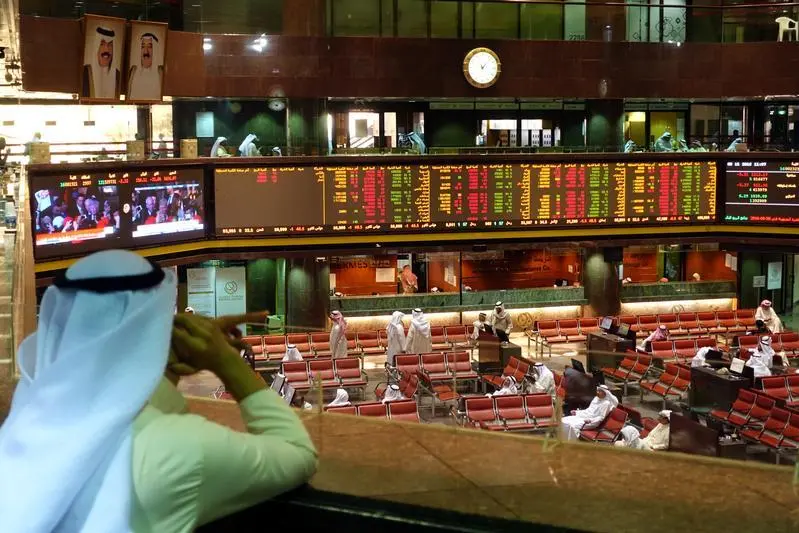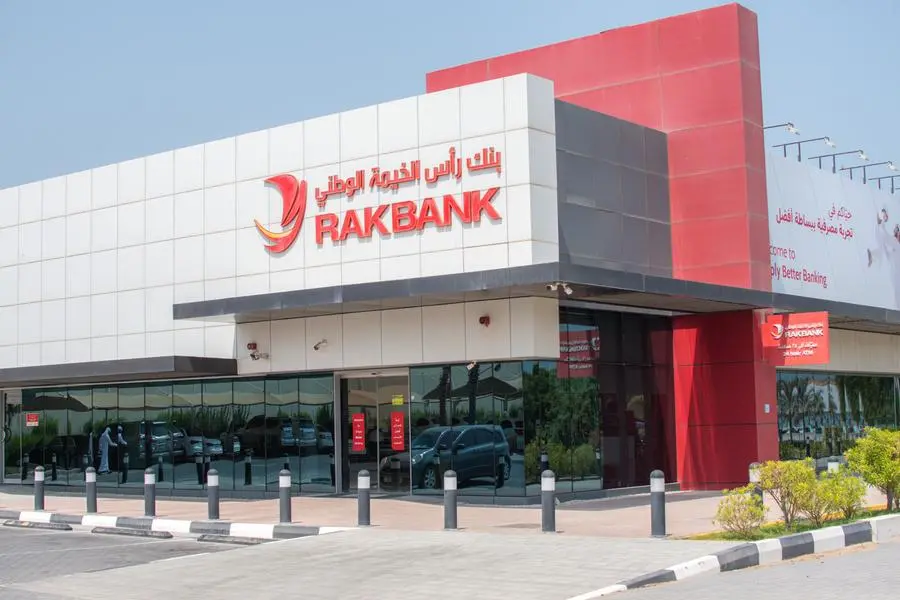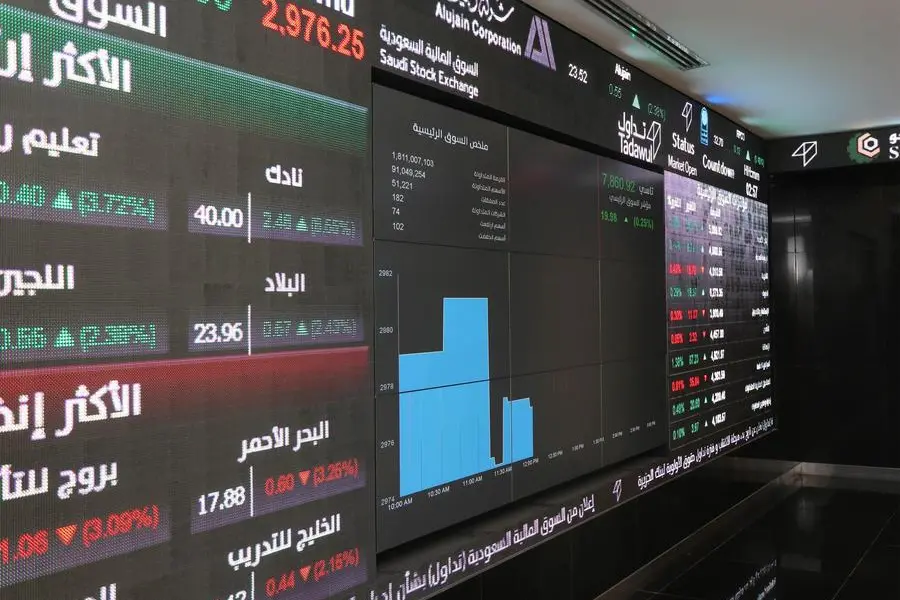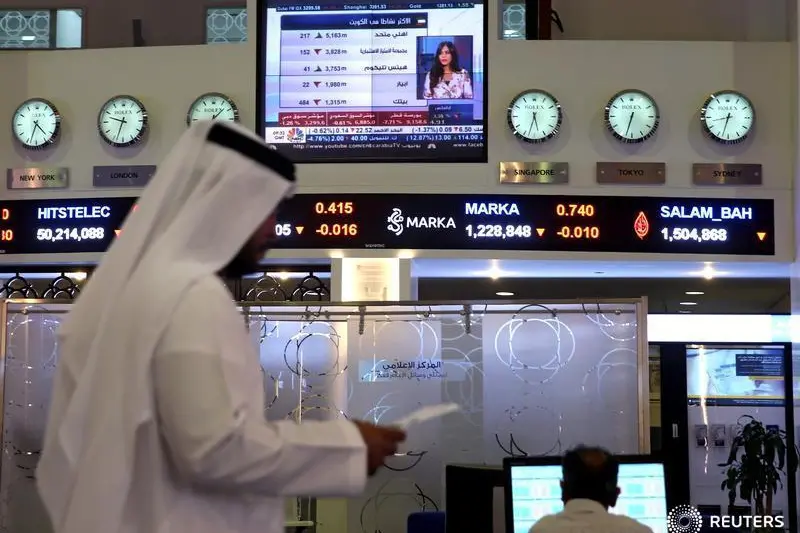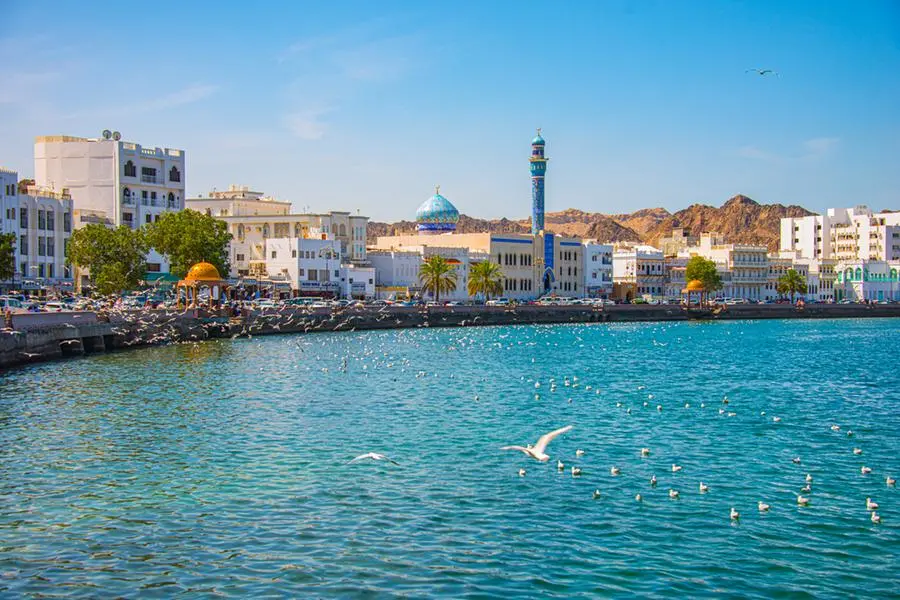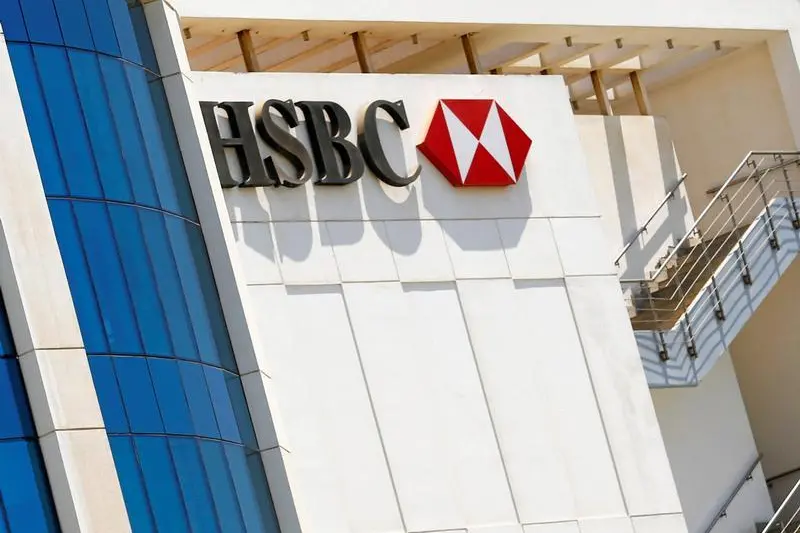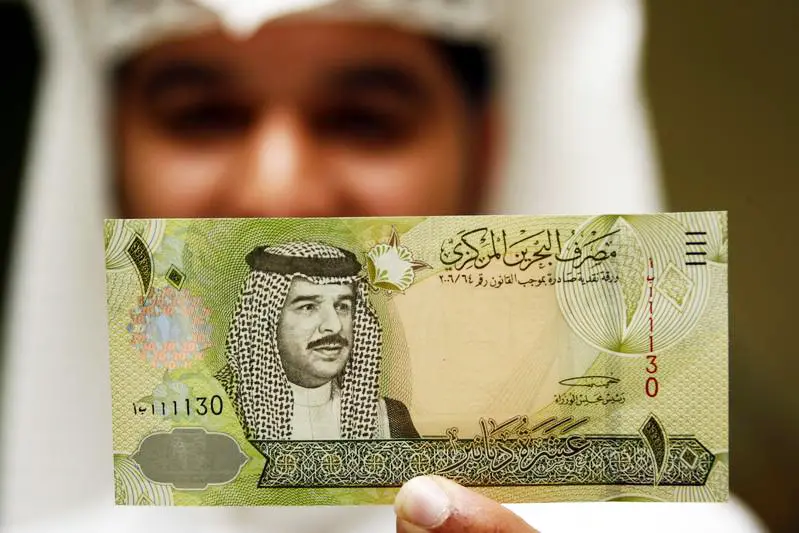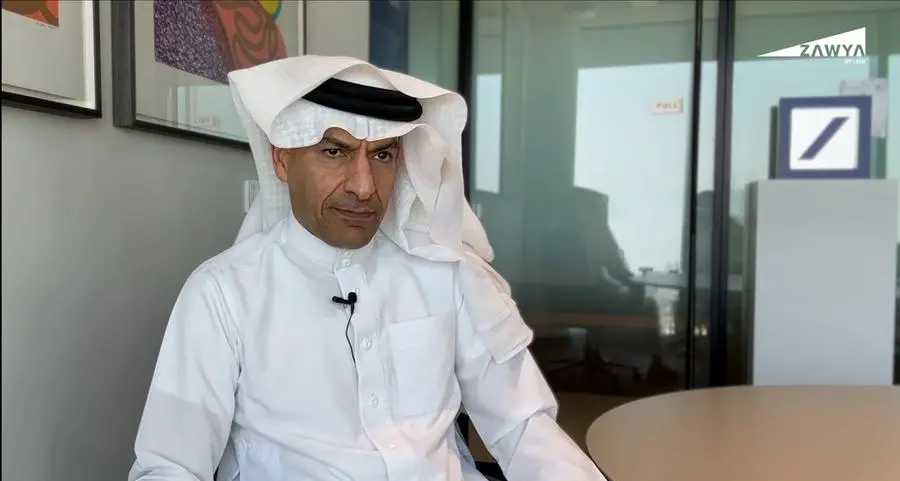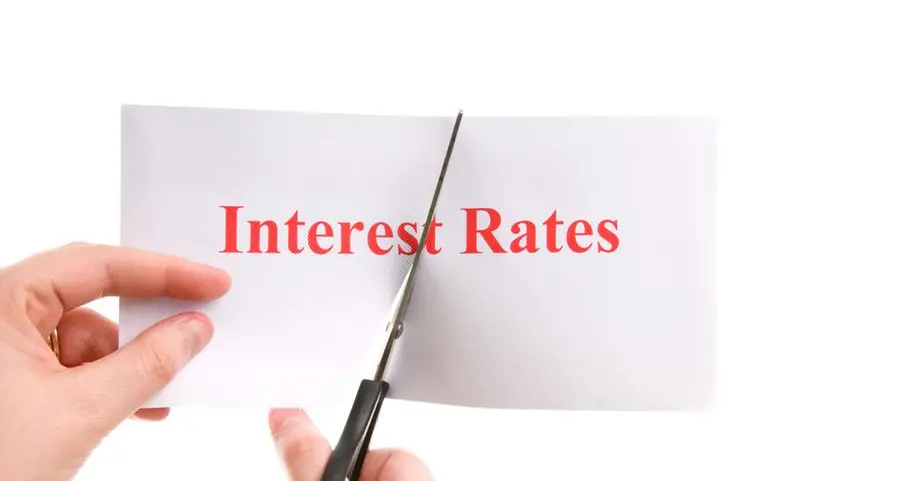PHOTO
Kenya’s government technocrats are scrounging for options to stem a loading economic crisis that has forced many households to keep tightening their belts, with close to six million people suffering acute food shortage. A poll published this week painted an economy racing towards a cliff.
The National Treasury, which has acknowledged the deepening financial hole, is getting dismayed by the deteriorating macroeconomic conditions in the country, which are choking private businesses and foreign investments.
A review of key macroeconomic indicators flashes the red light, signalling an economy suffocating under the weight of rising interest rates, soaring inflation, falling forex reserves, depreciating shilling, falling revenue collections, rising government spending, mounting debt and debt servicing obligations amid a shortage of US dollars.
The economic troubles deepened last week after a global rating agency Standard &Poor’s downgraded the country’s credit status from stable to negative, denting prospects of foreign direct investments and the government’s efforts to access cheap loans from the international markets.
Undersubscription
According to the agency, the negative outlook reflects heightened risks to Nairobi’s debt-servicing capacity due to constrained international market access and undersubscription of domestic bonds.
“Pressure in the interbank foreign exchange market has exacerbated US dollar shortages and stoked currency depreciation, further inflating the stock of external debt in local currency terms,” S&P said in a statement.
But the National Treasury put on a brave face, saying the government has alternative financing solutions, including a mix of exchequer receipts, syndicated bank loans and multilateral and bilateral sources to meet its obligations.
“In the event that the international markets remain closed through to 2024, the government will use alternative financing solutions,” National Treasury’s director-in-charge of debt management Haron Sirma told The EastAfrican, adding that “the options are always on the table.”
Forex reserves
Constrained external financing led to Kenya suspending plans to tap international capital markets in 2022, forcing it to draw more extensively on its forex reserves to meet its external debt repayments.
The forex reserves have since fallen to a low of $6.86 billion, equivalent to 3.84 months of import cover, as at February 23, with signs that the government could struggle to meet its import and foreign debt obligations, compounding the existing high cost of living in the country.
The shilling depreciated to a low of Ksh127 against the dollar, compared with Ksh122.9 in December 2022.
The downgrade of Kenya’s credit status risks pushing the country into the league of loan defaulters like Zambia, Ghana, Sri Lanka, Greece, Somalia, Sudan and Zimbabwe.
International debt default
In December 2022, Ghana defaulted on its international debt obligations as the country struggled with a deepening financial crisis. In 2015, Greece defaulted on a $1.7 billion loan repayment to the International Monetary Fund (IMF), joining Zimbabwe, Somalia and Sudan in falling into arrears with the Fund.
“This is not good in terms of not being creditworthy and hence scaring investors and creating an unconducive environment of doing business and attraction of foreign investments,” says Samuel Nyandemo, a senior lecturer at the University of Nairobi’s School of Economics.
“The way out of this mess is for the government to enforce stringent measures in terms of restricted borrowing and fiscal hygiene, followed by reduction of public expenditure, improved efficiency and avoidance of wastage.”“Lower credit ratings often lead to more difficult and more expensive financing conditions,” says Ken Gichinga, chief economist at Mentoria Economics.
“The government needs to review its tax policies to ensure they are supportive of business growth and job creation.”
Food insecurity
Kenya’s food insecurity, according to a humanitarian information portal ReliefWeb, is primarily driven by a combination of shocks, including persistent drought, localised resource-based conflict and high food prices as a result of the war in Ukraine, and low in-country production.
Kenya’s public debt is estimated at more than Ksh8.74 trillion ($68.81 billion), equivalent to 62.3 percent of GDP, with debt repayments consuming 48 percent of the total revenues.
Faced with rising expenditure pressures, the National Treasury has been mulling a proposal to issue a Eurobond with a different tenor to pay off next year's maturity of a $2 billion, 10-year bond.
“A negative outlook says the risks of a continued deterioration in Kenya’s ability to pay outweigh the opportunities to improve. It will definitely weigh on the rate at which they can borrow from the international markets and increase the refinancing risks for the external debt,” said Reginald Kadzutu, CEO asset management firm Amana Capital Ltd.
Restructure debt
He said the government should consider restructuring its debt to free up tax revenue and channel concessional loans towards retiring expensive debts.“The government should balance the budget by prioritising investments in creating an environment that attracts FDI, private sector growth and entrepreneurship to thrive as well as increase total factors of productivity,” he said.
Last week, the Cabinet approved a proposal which if passed by parliament, could limit borrowing to 55 percent of the GDP.
The risk of debt distress worsened after breaching four of the six key debt sustainability indicators. These are debt- to-GDP ratio, debt-to- revenue and grants ratio, external debt- to- exports ratio and the debt service-to-exports ratio.
The Treasury’s hopes of borrowing from the domestic market at rates below 10 percent appears to be vanishing, with investors snubbing treasury bonds in favour of short-term treasury bills to avoid duration risks linked to the uncertainties in the economy.
Households struggled
Inflation figures for February show that the prices of goods and services rose by 9.2 percent, compared with 9 percent in January, as households struggled with high cost of food, fuel, cooking gas, water, housing and electricity. The prices of cooking gas rose 4.7 per cent January to February, according to the Kenya National Bureau of Statistics.
The Kenya Revenue Authority missed its revenue collection target for the six months to December 31, 2022 by Ksh11.2 billion ($88.18 million), collecting Ksh1.14 trillion ($8.97 billion) against a target of Ksh1.15 trillion ($9.05 billion), while expenditure surpassed the target by Ksh19.9 billion ($156.69 million).
Activity on the Nairobi Securities Exchange has declined as foreign investors exit and local institutional investors opt to put money in government securities to take advantage of the double-digit returns. Last year, the NSE 20 Share Index declined to 1,676 points from 1,903 points in 2021, while the market value of listed stocks declined to Ksh1.98 trillion ($15.59 billion) from Ksh2.59 trillion ($20.39 billion) in the same period.
Kenya’s economy is going through one of its worst crises in recent years after the 2007/2008 post-election violence, global financial crisis (2008/2009) and the Covid-19 pandemic (2020).
Regionally, Uganda seems to be struggling with external debt servicing while domestic debt interest payments continue to be in breach of debt risk indicators, according to the Bank of Uganda (BoU).
Uganda’s public debt stood at Ush79.93 trillion ($21.34 billion), equivalent to 49 percent of GDP in October 2022.
© Copyright 2022 Nation Media Group. All Rights Reserved. Provided by SyndiGate Media Inc. (Syndigate.info).
